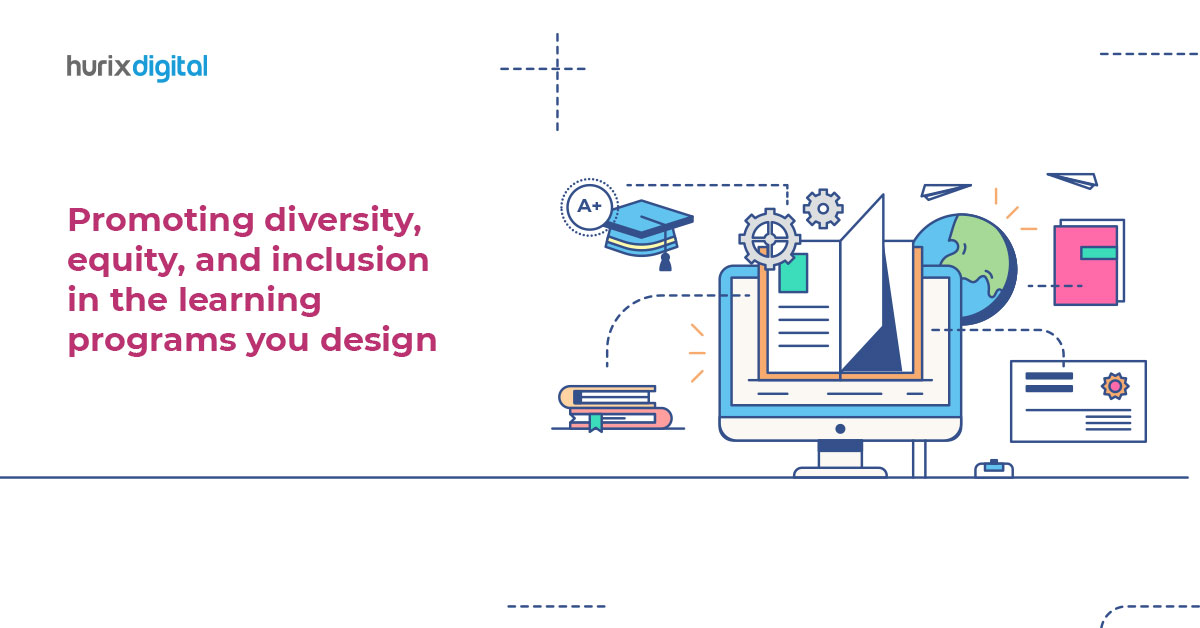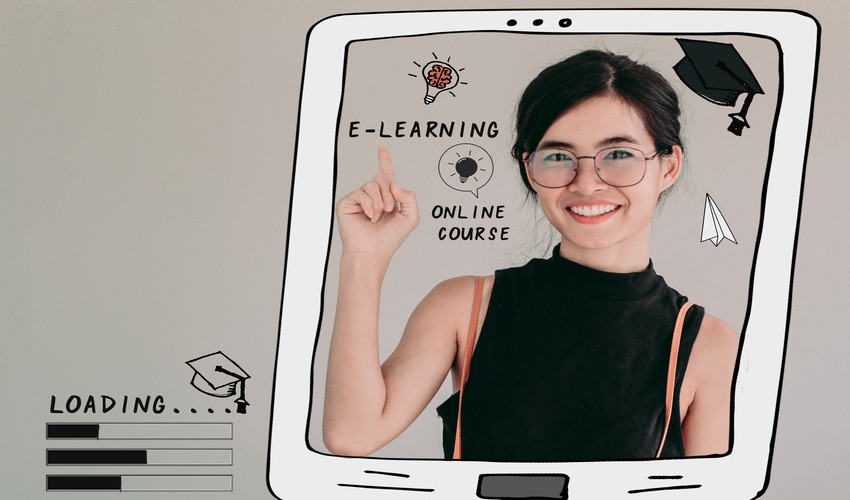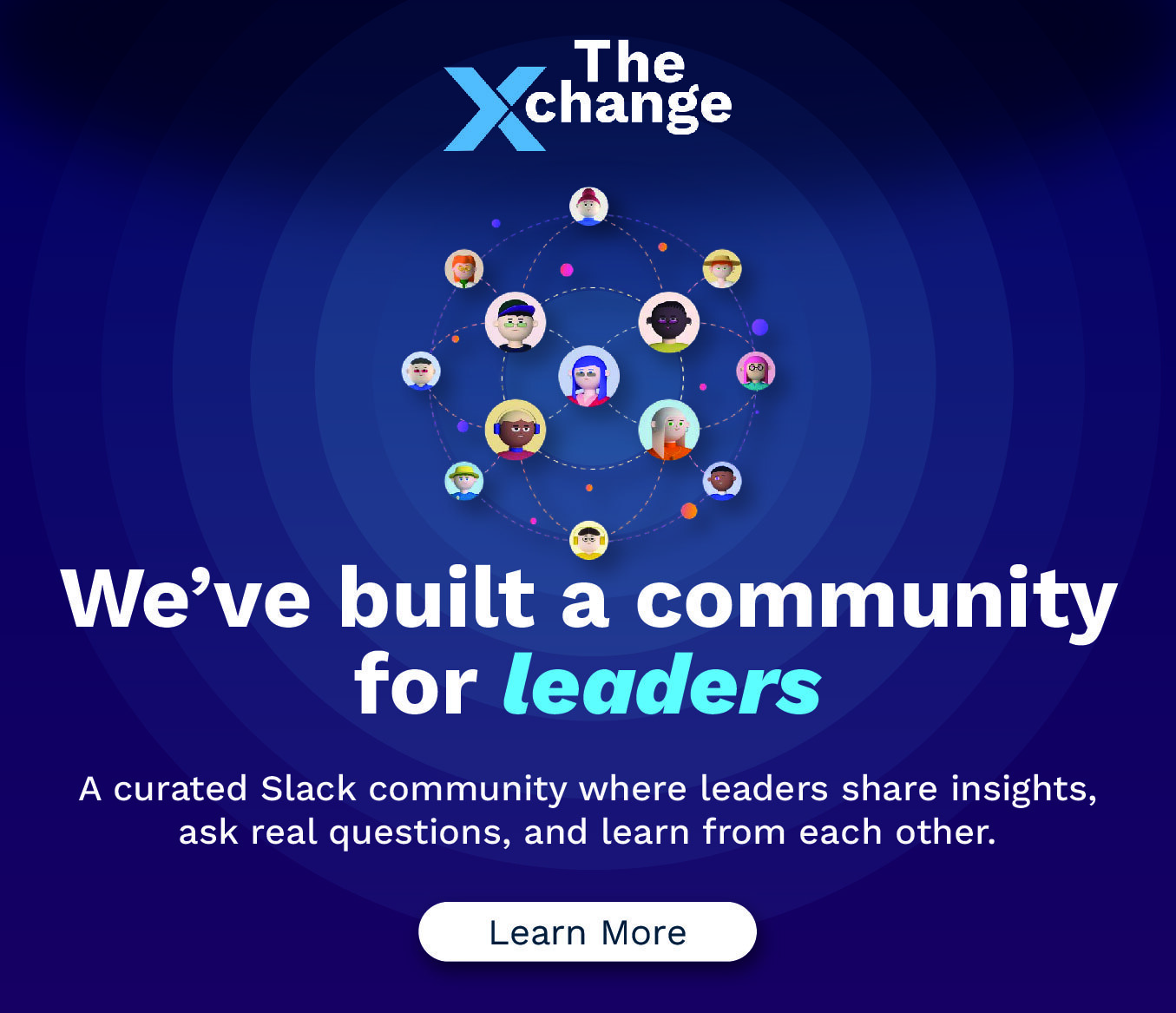
Online Learning Programs: Why Every Institution is Going Digital
Summarize with:
Digital technologies have impacted all aspects of our lives including education, learning and development. Online learning programs or learning by using online resources gained momentum in the last decade.
However, with mobile devices such as smartphones and tablets becoming our natural extension, focus has shifted to mobile learning, a form of learning that allows learners to learn at their own pace, anywhere and anytime.
Digital technologies have, in fact, opened up a plethora of delivery methods for learning and training – web-based learning, instructor-led learning, blended learning, and micro-learning.
1. Immersive Content:
Digital content is created using various media types such as audio, video, graphics and animations. All these make lessons more interesting, entertaining, and immersive, resulting in self-motivated learning, and thus, better learning outcomes.
To explain with an example, in a traditional classroom setting, an instructor would teach human anatomy to the students using a textbook, diagram on the board, or an accompanying chart showing a particular organ or system. However, using simulations, the human anatomy, for example, the functioning of a heart can be brought alive, such that the students can view how it actually pumps blood real-time albeit in a virtual environment.
Now compare the two delivery methods and you will realize how digital content can capture students’ attention, stimulate their interest, and clarify their concepts. Digital content is immersive – it is able to package difficult and complex concepts in the form of an engrossing story such that learners, without even realizing, pick up and remember its main strands. Here’s more on Importance of Digital Curriculum Development in Higher Education .
2. Learn Anytime and Anywhere:
Statistics show that an average person checks their smartphones at least 150 times a day, the first thing in the morning and the last thing at night. With smartphones and mobile devices becoming such a ubiquitous part of our lives, it was but a natural progression for organizations and education institutions to leverage them in their learning and development programs.
eLearning thus progressed to mobile learning. Mobile learning breaks down large pieces of content into small digestible bites which learners can access on their mobile devices anytime and anywhere. These micro-bites are about 3 to 5 minutes long, usually in the form of audio-visual files and other media formats. (9 Reasons for the Growth of eLearning in Education)
Each micro-bite is concise but provides complete information on a particular subject. The advantage is that the learners can consume them at one go and there is no cognitive overload. Mobile learning frees learning from the restricts of a classroom.
Students can access these micro-bites anytime and anywhere they want – during a free period, while commuting, in between breaks, or in the comfort of their homes. Micro-bites can also be in the form of summary notes, enabling learners to revise their lessons. Mobile learning, in a way, releases the pressure from institutions, and gives students greater control over their learning. This is another reason why every institution is now going digital.
How Mobile Learning is Changing the Educational Landscape
3. Learn at Your Own Pace:
A related development to anytime and anywhere learning is that with online content, learners can learn at their own pace. Contrast this with a traditional classroom where an instructor teaches the same lesson to a class comprising of below, average and above average students. The result is that while some students grasp the subject, there are others that lag behind.
Online content provides a more level-playing field to the students in that they can revisit the concepts as many times as they like till they master the subject.
Another advantage is that online content can be linked to various internal and external resources available on the Internet. So apart from revisiting concepts, learners can explore these resources and build on their knowledge repository. With online content, students can thus personalize their learning.
4. Interactions through Social Media and External Communities:
Another advantage with online content is that it can be linked to various external and internal communities and other social media sites. Students can therefore exchange information or address their queries to their peers, instructors and debate with a wider audience.
Besides making education more interesting, this helps to build interest in a subject and also enables students to build their thinking skills, which will hold them good in dealing with real-life situations.
5. Benefit from a Wealth of Resources:
Since the online world is replete with a wealth of resources, institutions are spared the task of creating their own resources to support learning. The instructors, therefore, have greater time at hand to interact with the students and resolve their problems. Access to online resources has given rise to the concept of blended learning, which is a combination of online and offline learning.
Blended learning can be of different types, for example, an instructor in a traditional classroom uses online resources to supplement their lessons, or a thought leader using an online environment delivers a lecture to students gathered in a classroom.
A blended approach allows learners to go beyond the limits of a single delivery platform and use the online media to plug gaps in their learning. The more intelligent ones can further build their skillsets and knowledge.
6. Monitoring and Feedback Tools:
Apart from leveraging online resources, institutions can also custom-develop their lessons using a learning management system, or LMS, or mobile-first platforms. These platforms contain assessment, monitoring, and feedback tools which allow instructors to streamline their lessons, identify knowledge gaps and assess students.
7. Scale Operations:
Advances in digital technology, deeper penetration of the Internet and the easy availability of smartphones have opened up new vistas for institutions to provide remote education and thereby expand their footsteps to new geographies, and thereby reach a wider audience.
The Making of Future-proof Online Learning Programs and CoursesEducational institutions can reap a heap of benefits by creating and delivering online learning programs. Online learning programs are more engaging and immersive and also provides students greater control over their learning, thus leading to better learning outcomes.
The instructors also benefit as they are spared the tasks of creating resources to supplement their lessons or spending time manually assessing and monitoring students. These are just some of the reasons why more and more institutions are adopting online learning. They also build the case for other institutions to take the digital route to education in order to remain competitive.
Related:
Online Education Solutions & the Changing Learning Landscape
Digital Solutions for Universities and Higher Education Institutions
Why Should You Outsource Your Content Development
10 Reasons Why Institutions Should invest in Online Learning Programs
Best Practices for Effective Online Course Development
Best eLearning Solutions for Digital Natives
Why Should Colleges and Universities Develop eLearning Programs?
How to Create and Deliver the Best K-12 Learning Solutions
 A Space for Thoughtful
A Space for Thoughtful 




